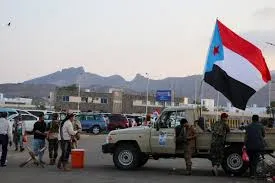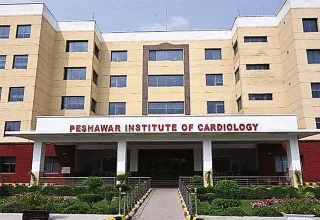
A severe heat wave continues to blanket much of the country, with temperatures soaring to uncomfortable and potentially hazardous levels.
The Pakistan Meteorological Department (PMD) has forecasted that Lahore will experience a scorching maximum temperature of 42 degrees Celsius today, while other major cities such as Islamabad and Peshawar are also expected to reach highs of 41 degrees Celsius.
Quetta and Karachi are predicted to have comparatively lower maximum temperatures of 36 degrees Celsius, although Karachi is not spared from the heat wave, with temperatures expected to rise to 40 degrees Celsius in certain areas.
The PMD has also issued a forecast for rain in northern and hilly regions, including Gilgit-Baltistan, Upper Khyber Pakhtunkhwa, Kashmir, and adjacent areas, expecting showers this evening and night.
The relentless heat has led to an increased demand for cold beverages nationwide, but it has also heightened the risk of heat-related illnesses. Citizens, especially in Punjab, are facing severe discomfort as the sun’s intense rays beat down relentlessly. Roads in many parts of the province have started melting due to the extreme surface temperatures.
The Punjab Disaster Management Authority (PDMA) has issued an official heat wave warning, urging residents to take necessary precautions. A PDMA spokesperson warned that temperatures could see an unusual spike by May 19, potentially worsening the heat wave across major cities and plains of Punjab.
According to the PMD, the temperature in Lahore is currently well above normal, with minimum temperatures recorded at 28 degrees Celsius and a maximum forecast of up to 43 degrees Celsius. The weather department expects the hot and dry conditions to persist for the next two to three days, with no rain anticipated in the plains.
Health officials have advised the public to stay hydrated by drinking plenty of water and cold fluids, limit exposure to the sun, and protect themselves by wearing appropriate head coverings. Citizens are urged to be cautious, especially vulnerable groups such as children, the elderly, and those with pre-existing health conditions, to avoid heat exhaustion and other heat-related ailments.





























